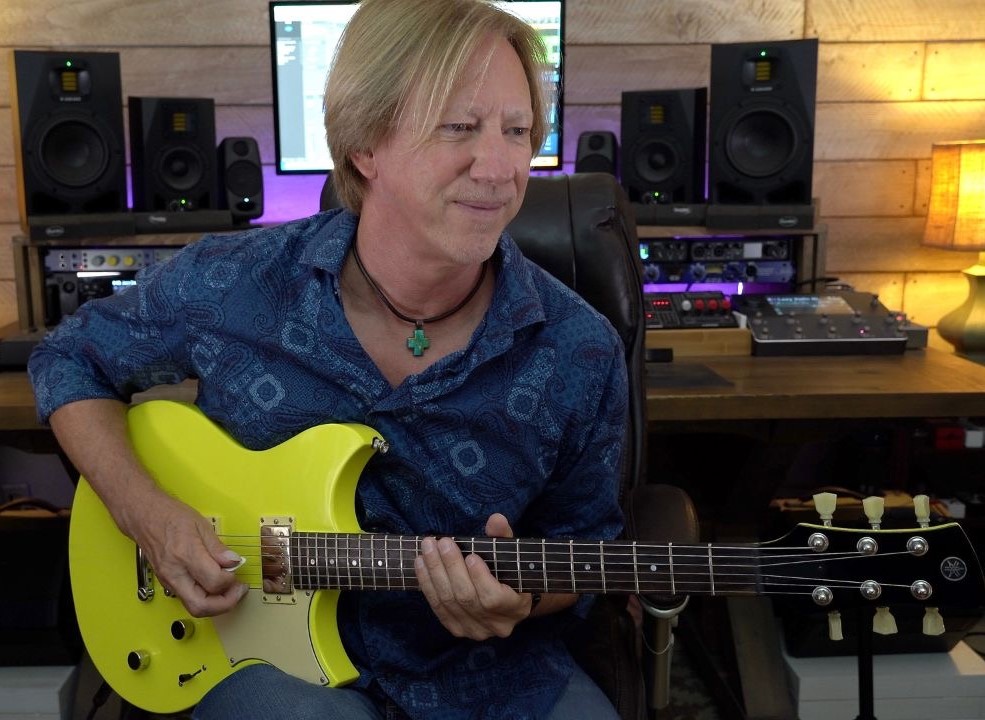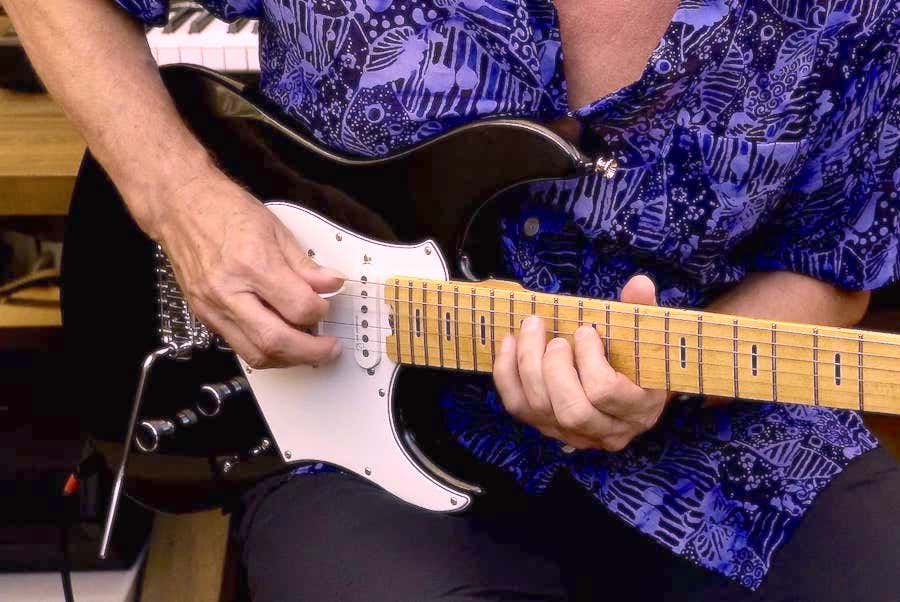Tagged Under:
How To Play Latin Percussive Guitar
Videos to help you learn Latin percussive rhythms.
Guitar may be a stringed instrument, but in the hands of a skilled player, it can sound like a percussion instrument too. These videos, created by flamenco guitarist Hernan Romero, will show you how to play several Latin rhythmic and percussive ideas on your guitar.
In all these videos, Romero is playing a Yamaha CG-TA TransAcoustic classical nylon-string guitar. The effects you hear are all coming from the guitar itself.
ABANICO RHYTHM
In this example, the right hand is mimicking a cajón, which is a Peruvian drum. The rhythm is in straight 4/4 time, but most of the movement is made by the fingers, not by the wrist. Use as little (or even no) wrist and arm action as possible, and keep your thumb anchored on top of the low E string, with the index finger doing the basic strum. This is essentially a fanning motion, and the fingers open that way to create the rhythm.
ABANICO RHYTHM WITH ADDED COMPONENTS
Here, we’re taking the Abanico rhythm and adding a “kick drum” sound with the ring finger just below the sound hole. As before, remember not to use the arm and wrist. This keeps the rhythm tight and provides more control and articulation.
ABANICO RHYTHM WITH MORE COMPLEX COMPONENTS
This next video shows the same technique as above, but with a more complex pattern and variation of “kick drum” hits and fills. As you can see, different patterns can be added with the ring finger to create a more complex rhythm.
RASGUEADO RHYTHM
Rasgueado is a 4/4 pattern that uses all the fingers in both an open and closed hand technique. In addition, a “kick drum” sound is created with the ring finger just below the sound hole.
RHYTHMIC SNARE CONCEPT
Here, we are using the lower strings of the guitar, E and A in standard tuning, to create a “snare drum” sound. In addition, the side and top of the guitar are being used for additional percussion, almost like a conga drum.
BULERIAS RHYTHM
This traditional 12/4 flamenco rhythm is called Bulerias. It uses the same techniques as described above, with a slightly different rhythm pattern.
ADDING ARPEGGIOS AND TREMOLO
This is a combination of all of the above, this time adding arpeggios with the fingers, along with tremolo, where the thumb plays a bass line independent of the fingers.
COMBINATION OF LATIN PERCUSSIVE TECHNIQUES
Here’s an improvisation incorporating all the previous examples in an Alegrias 6/8 rhythm. It blends together all the previously discussed techniques, including Abanico, tremolo, arpeggios and percussive elements.















